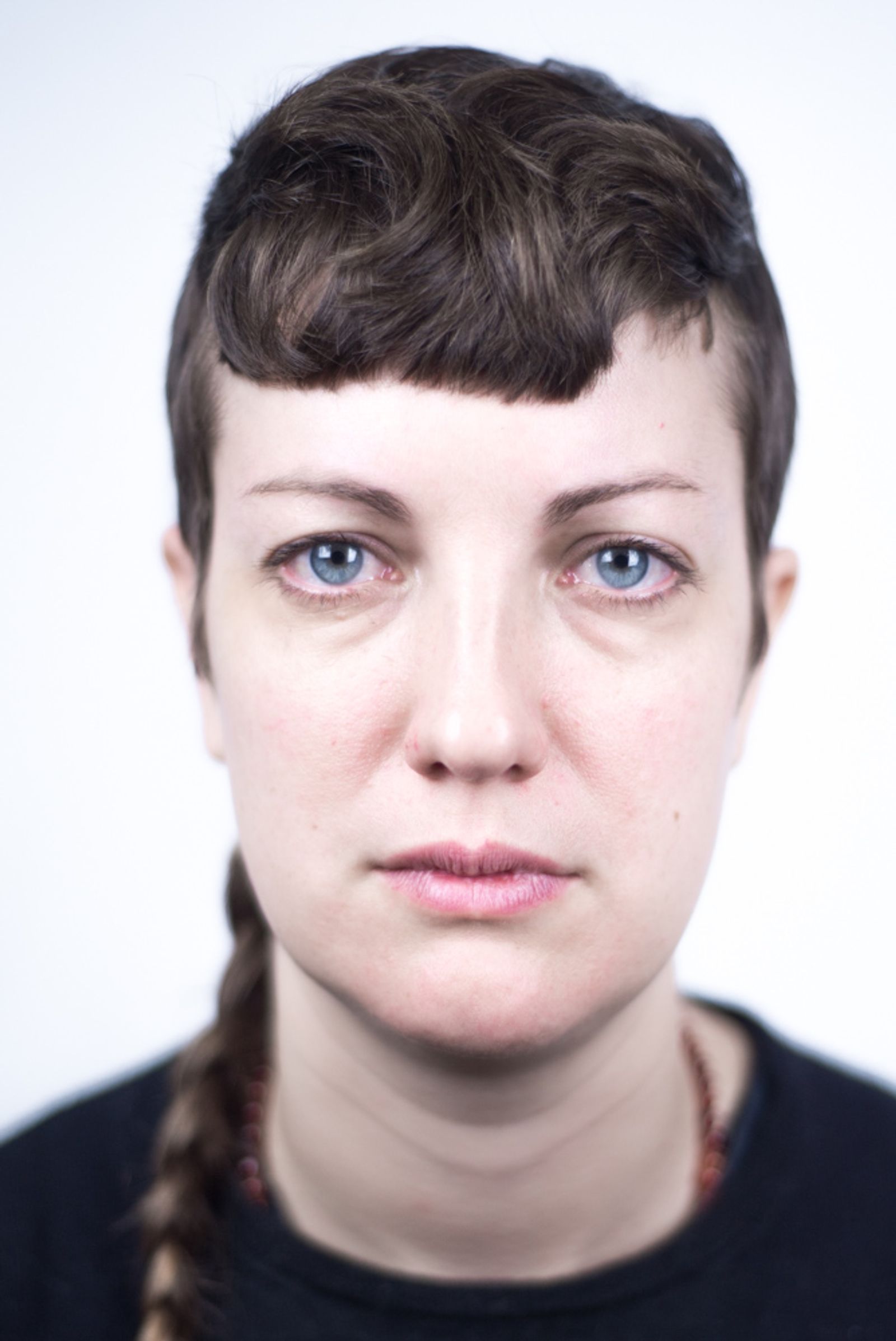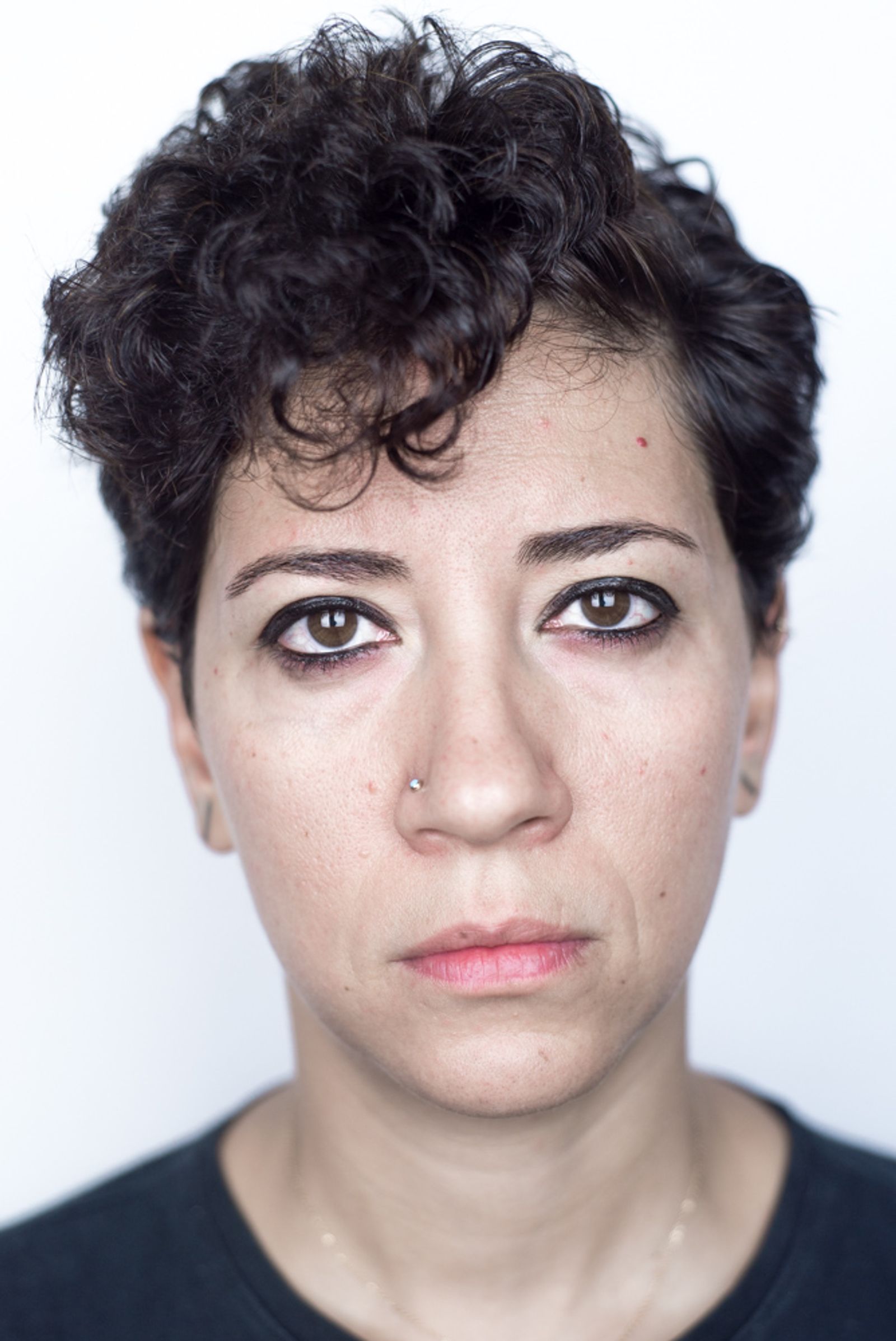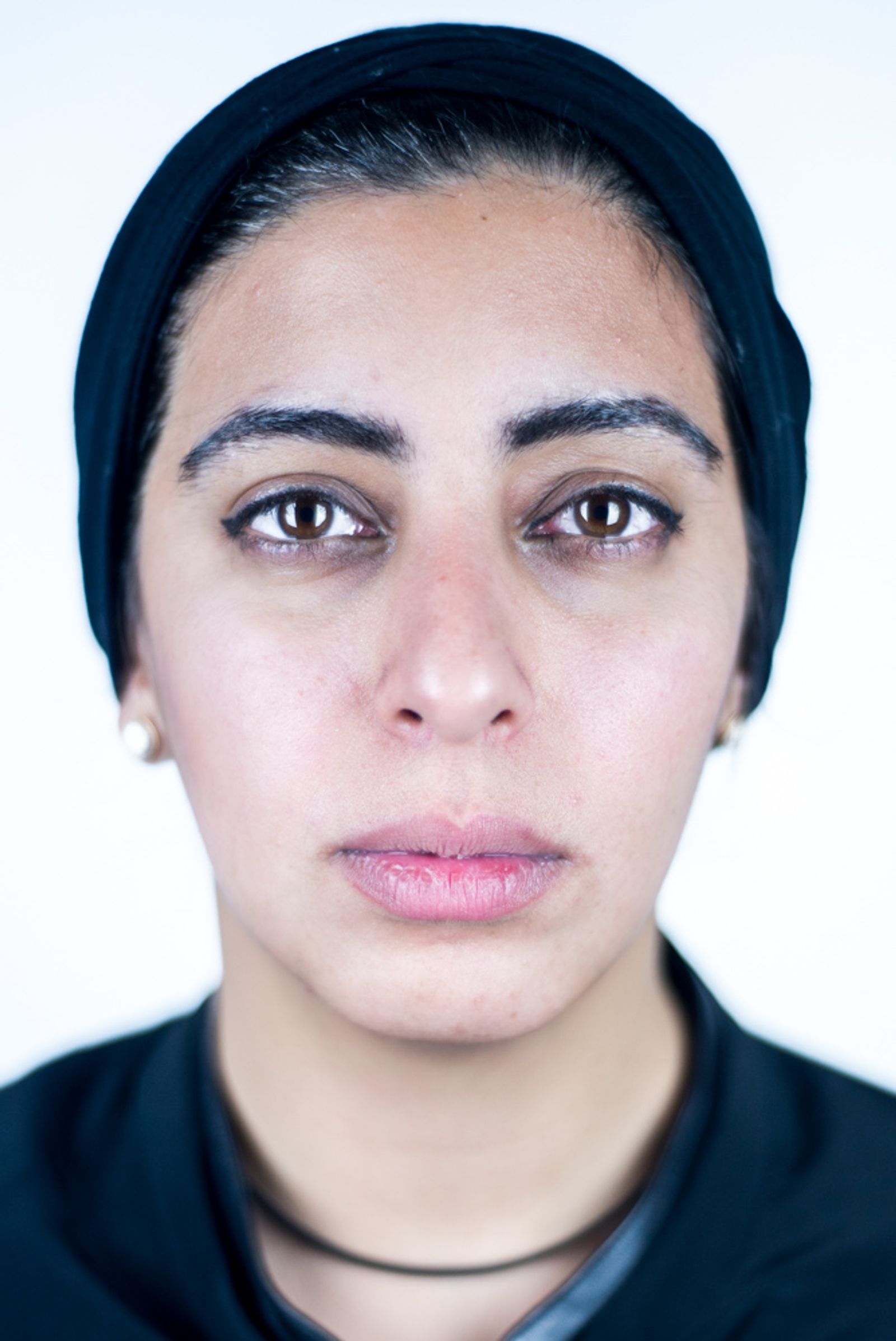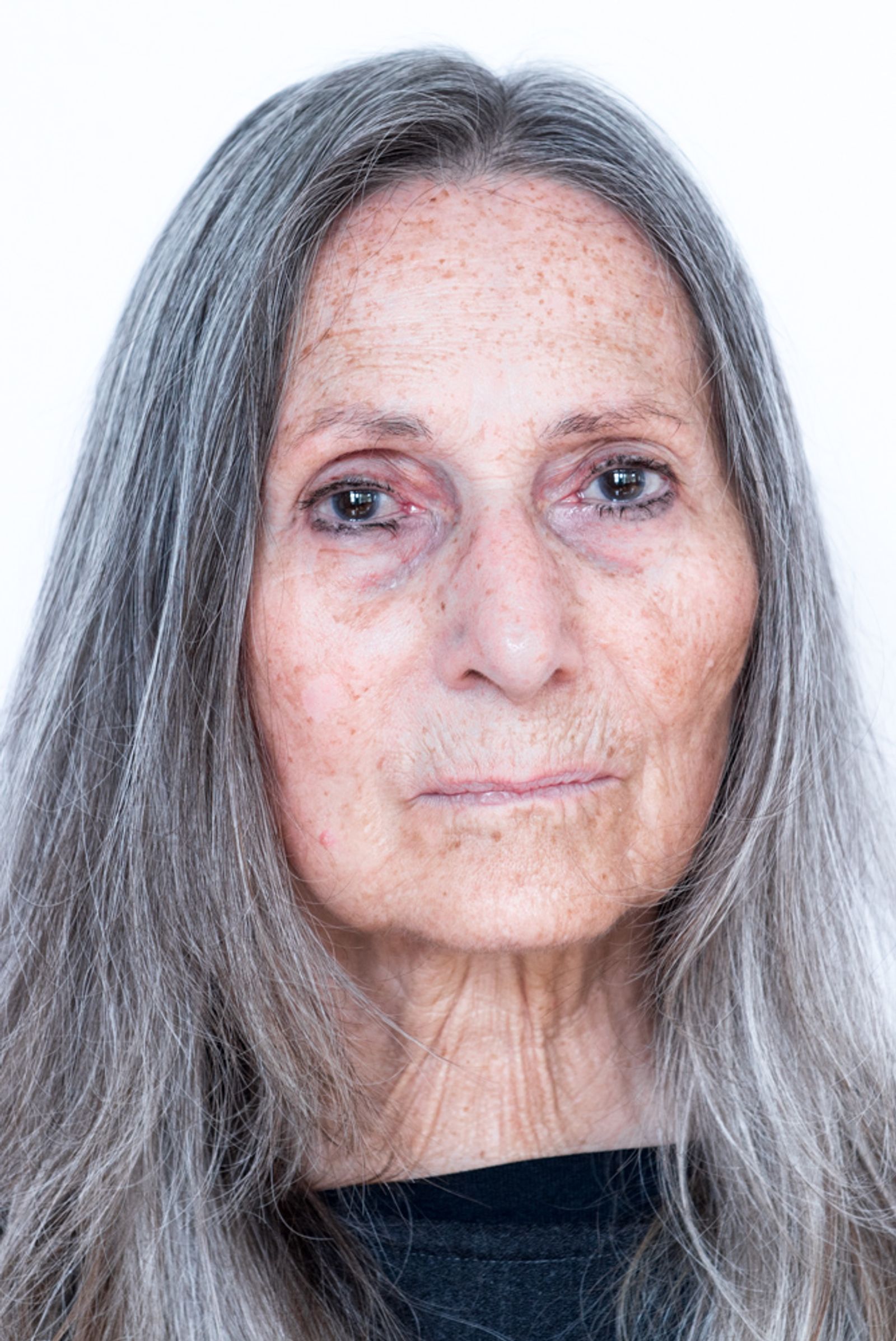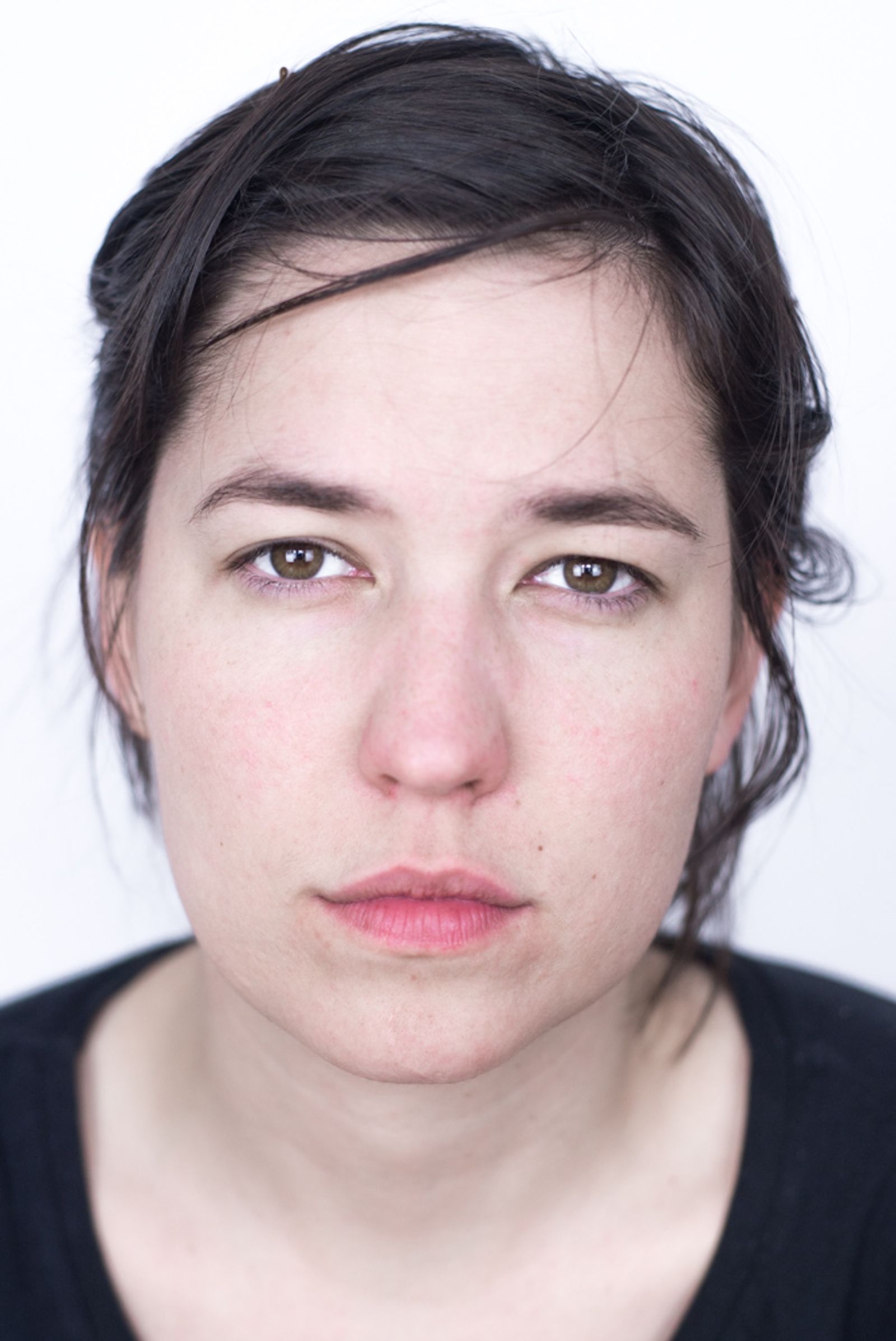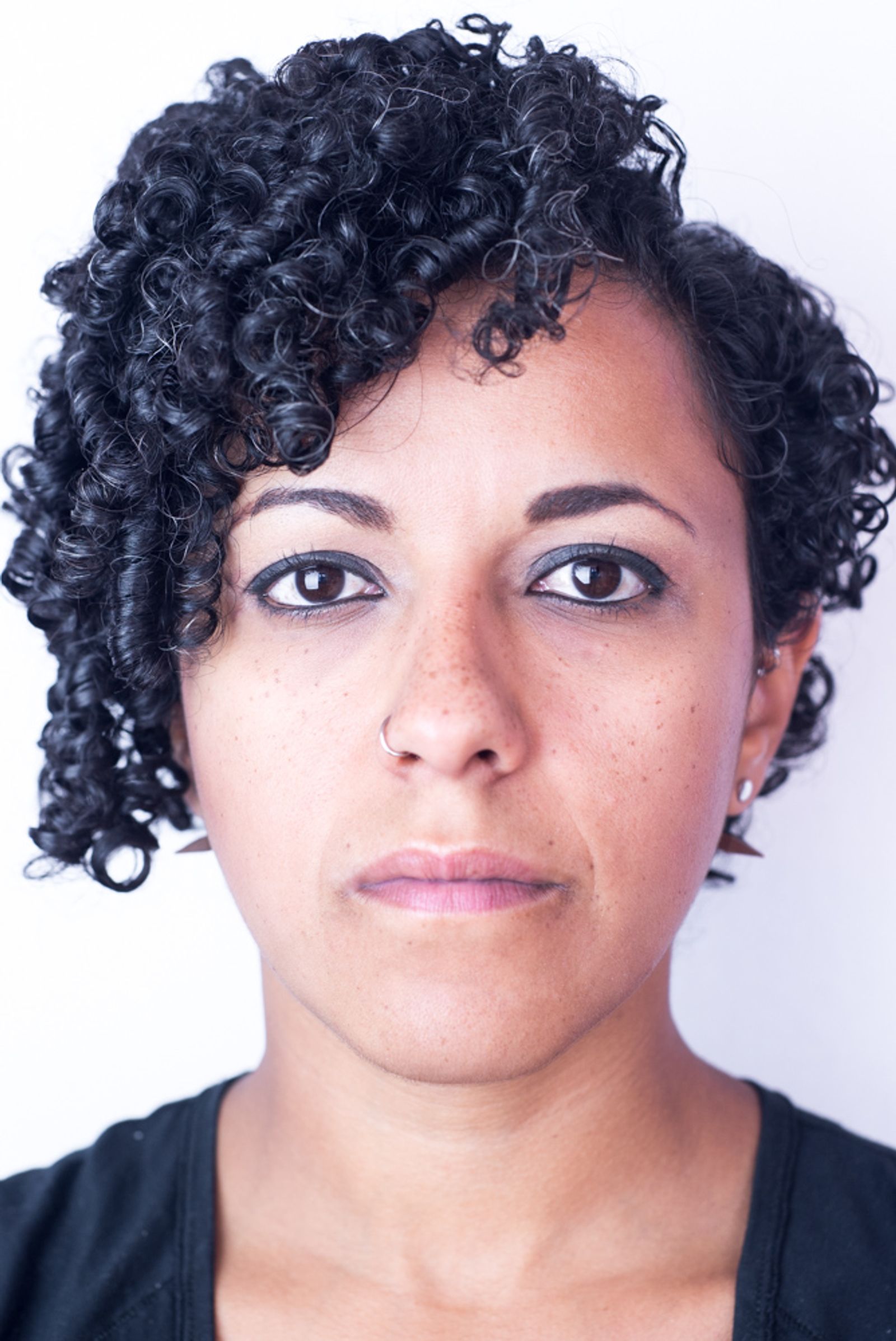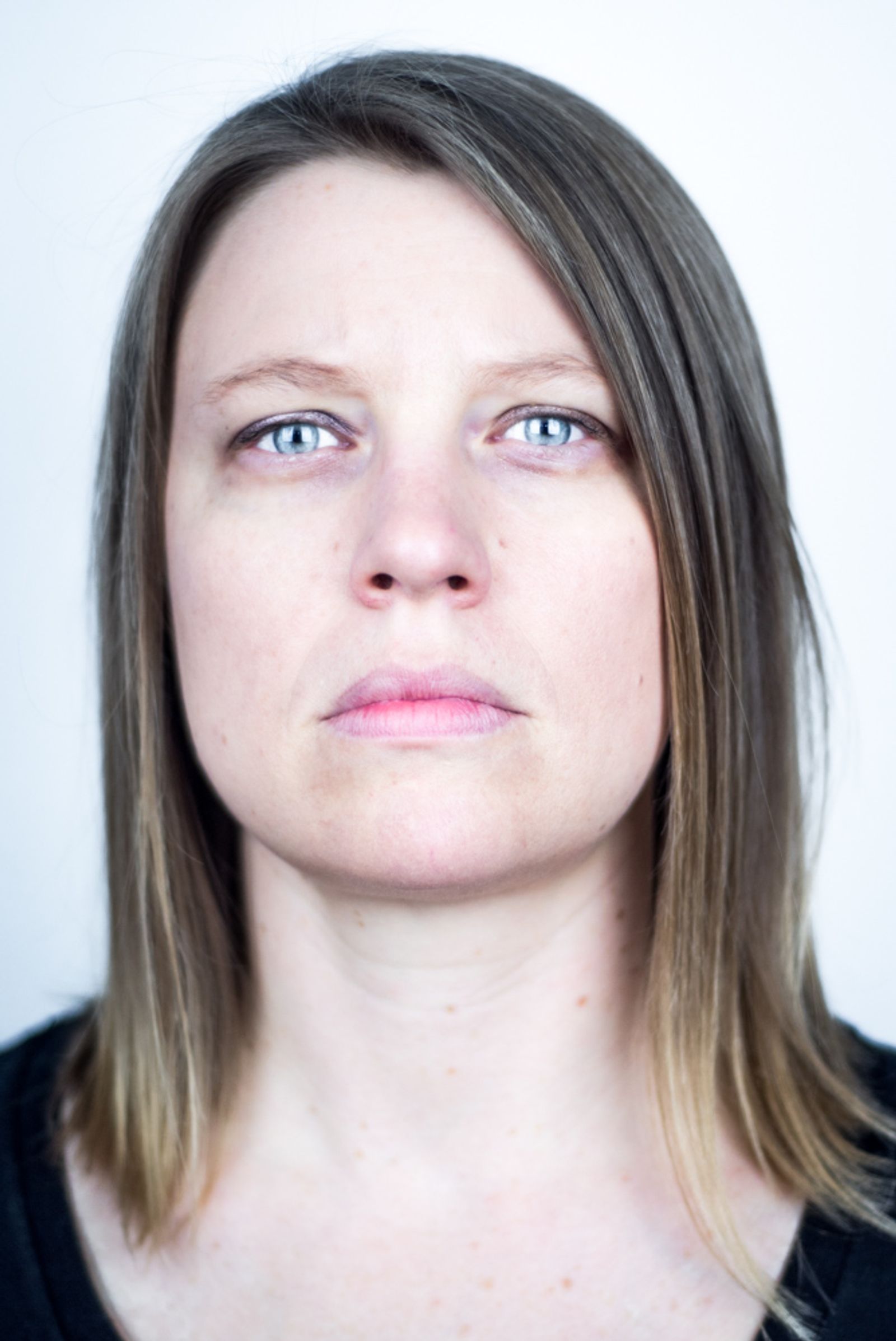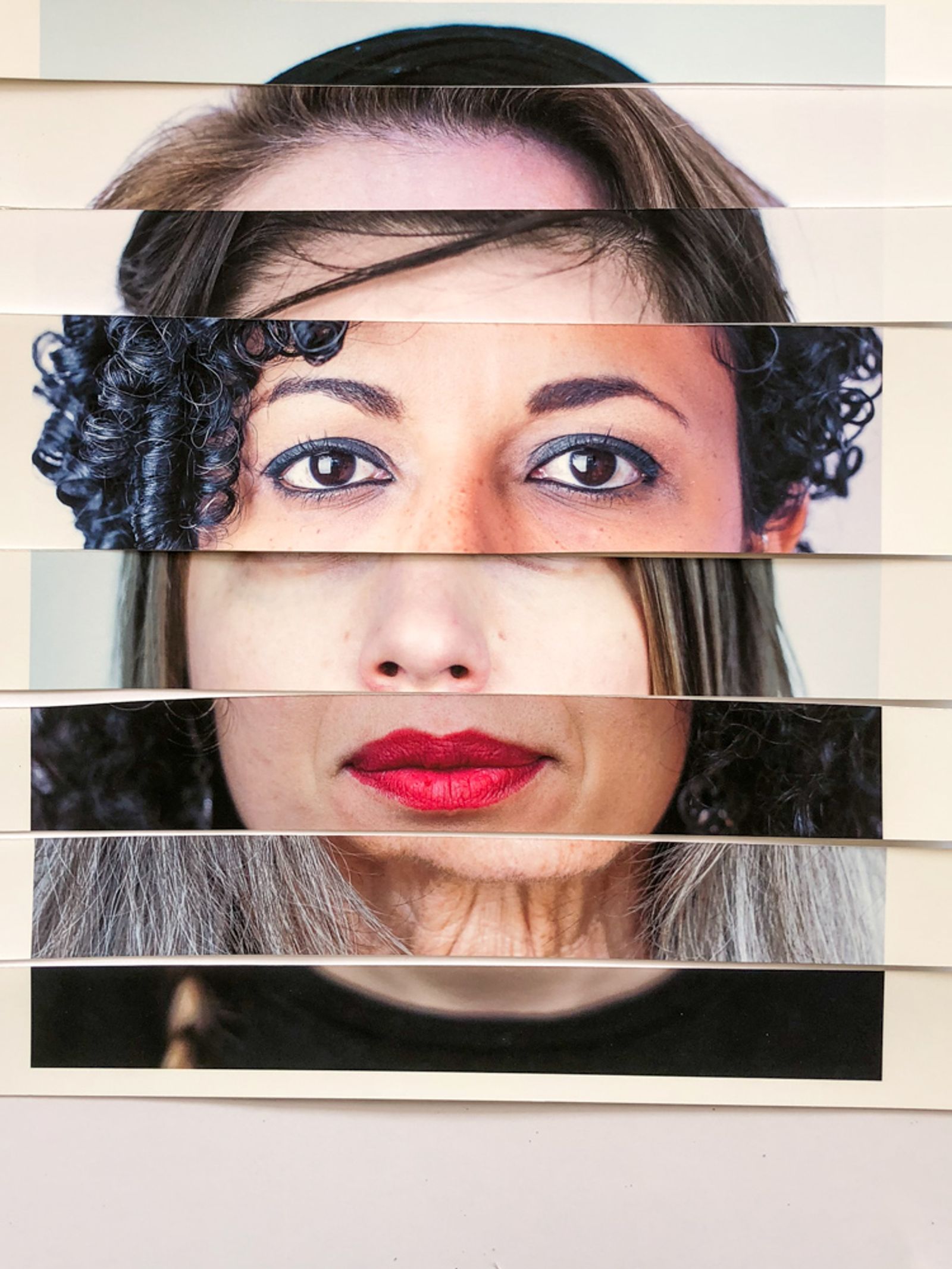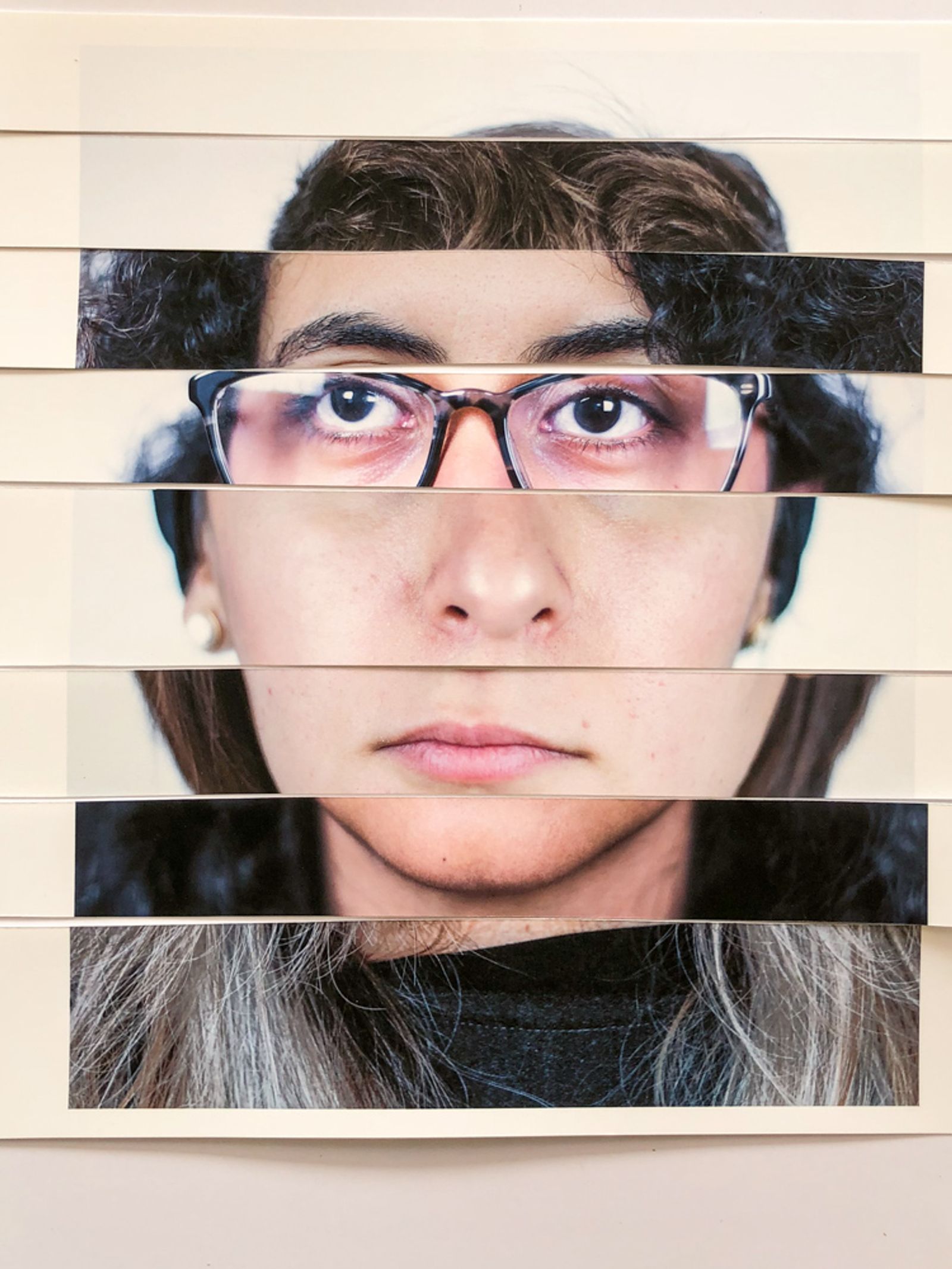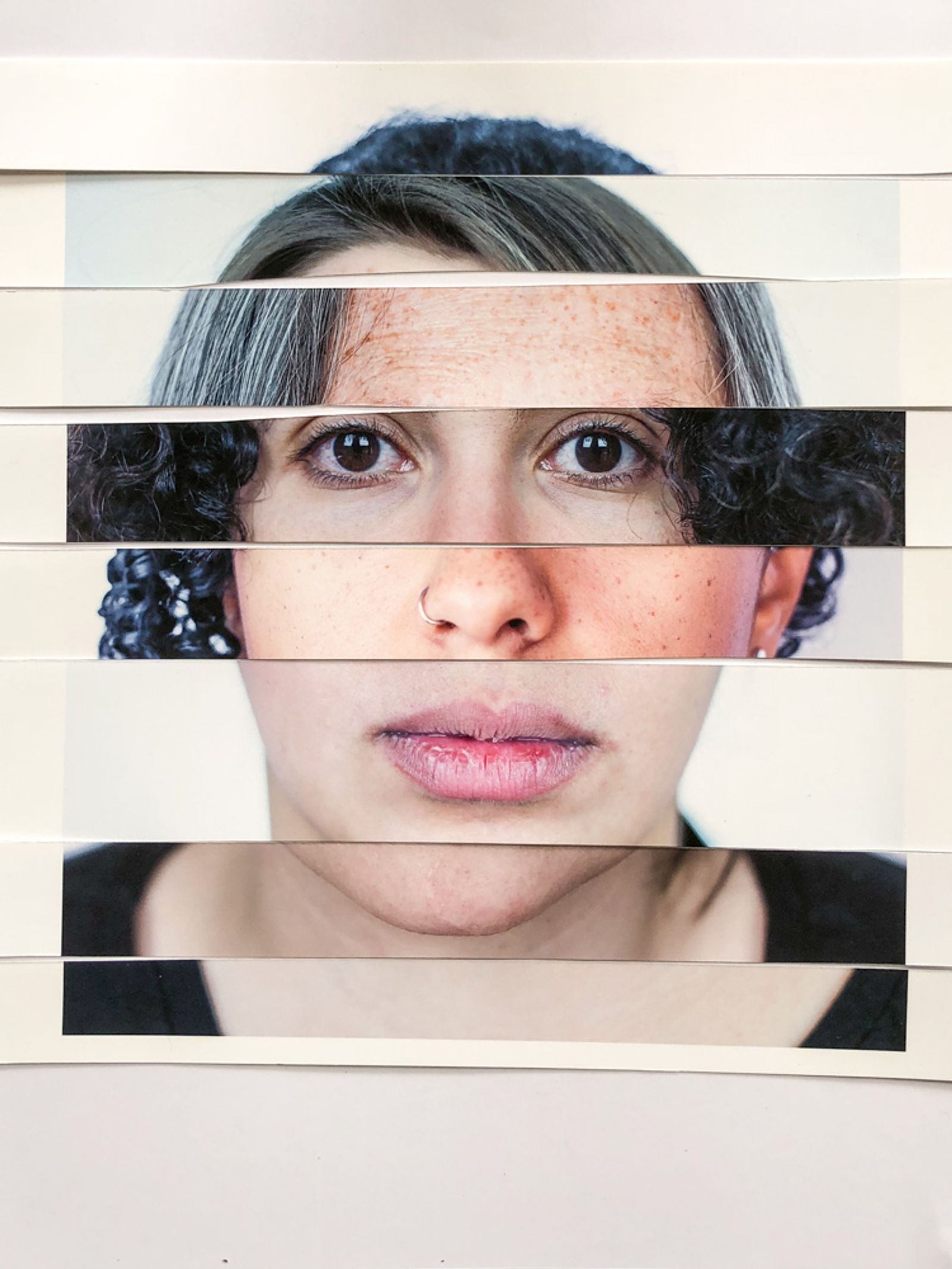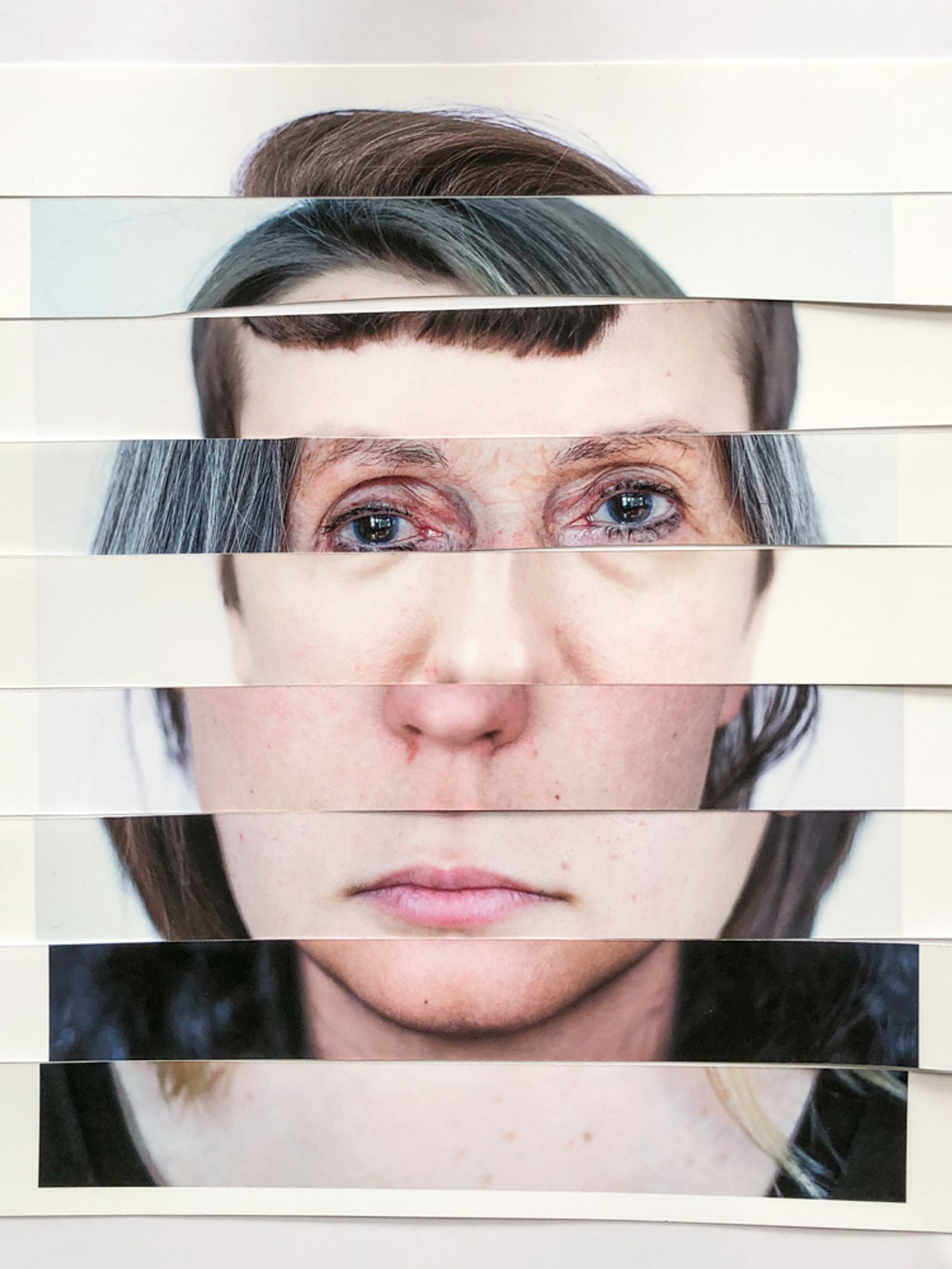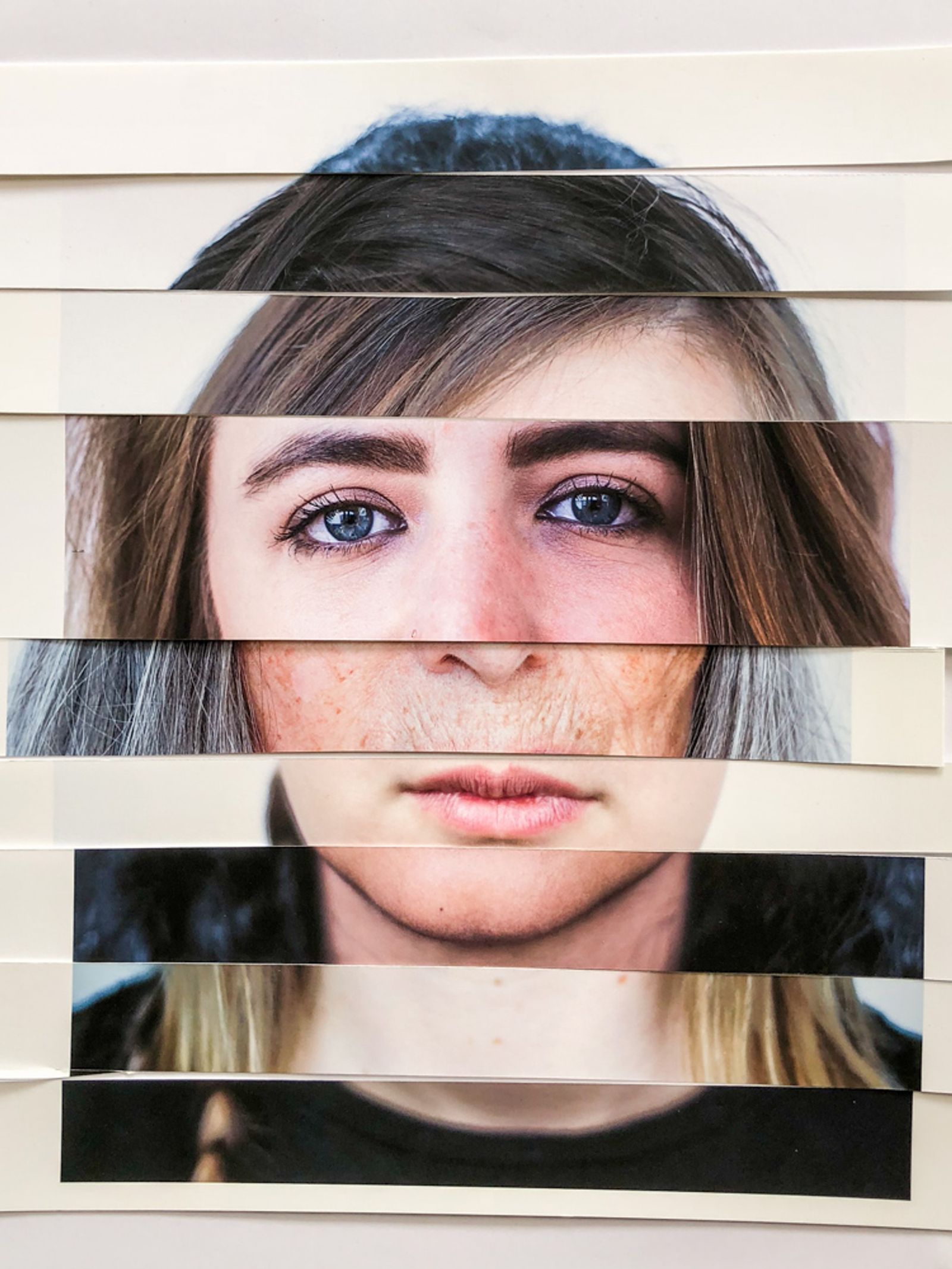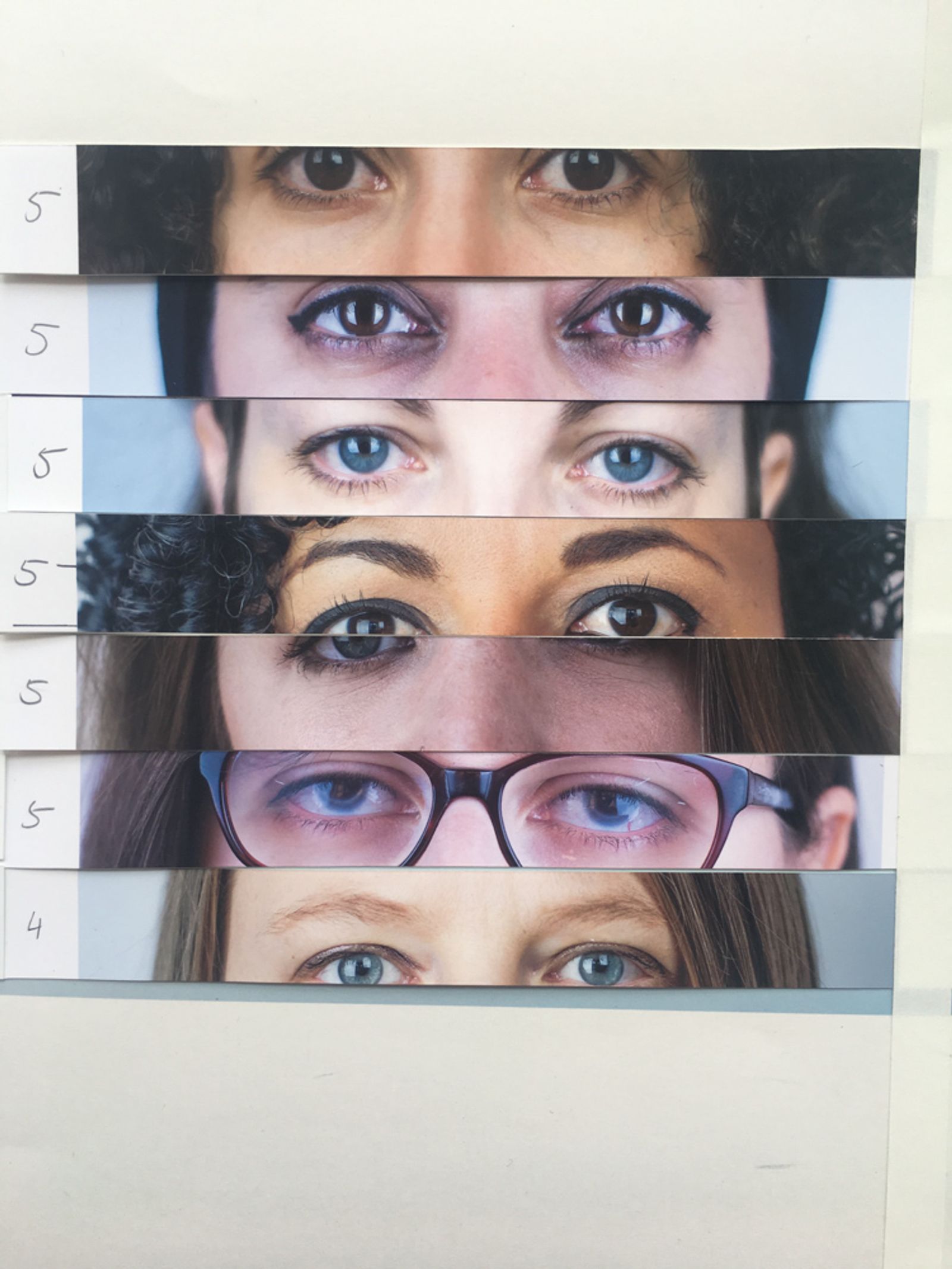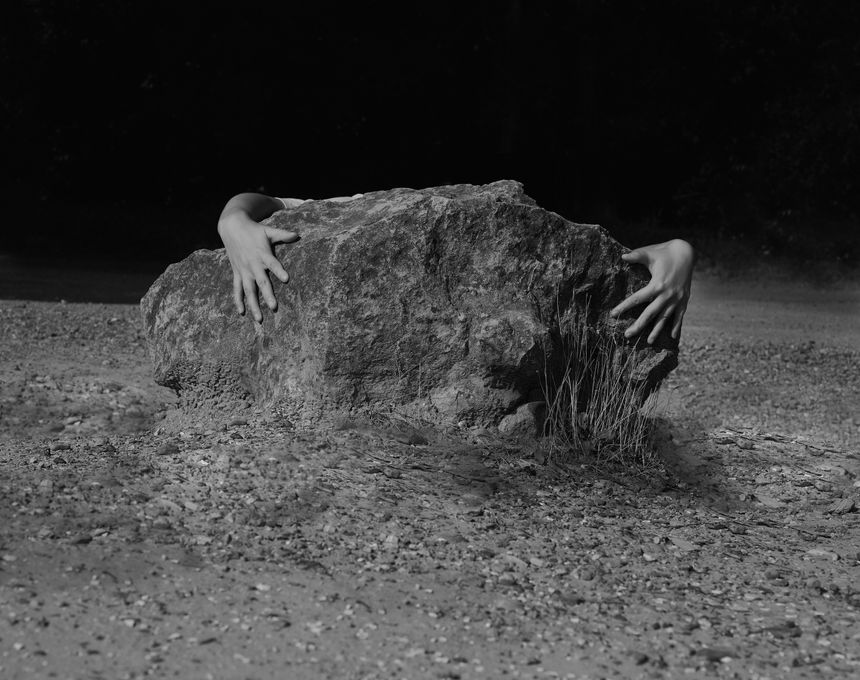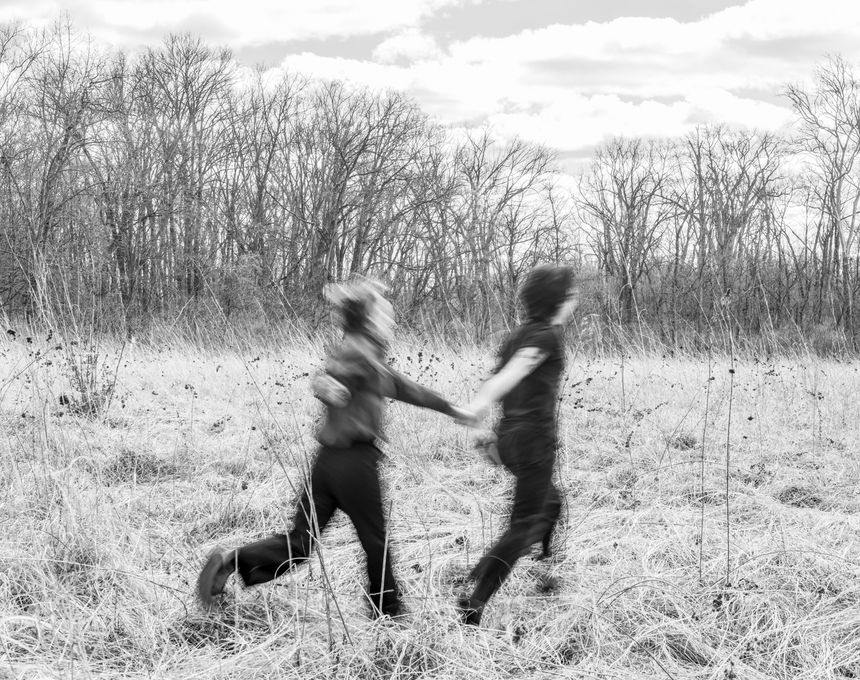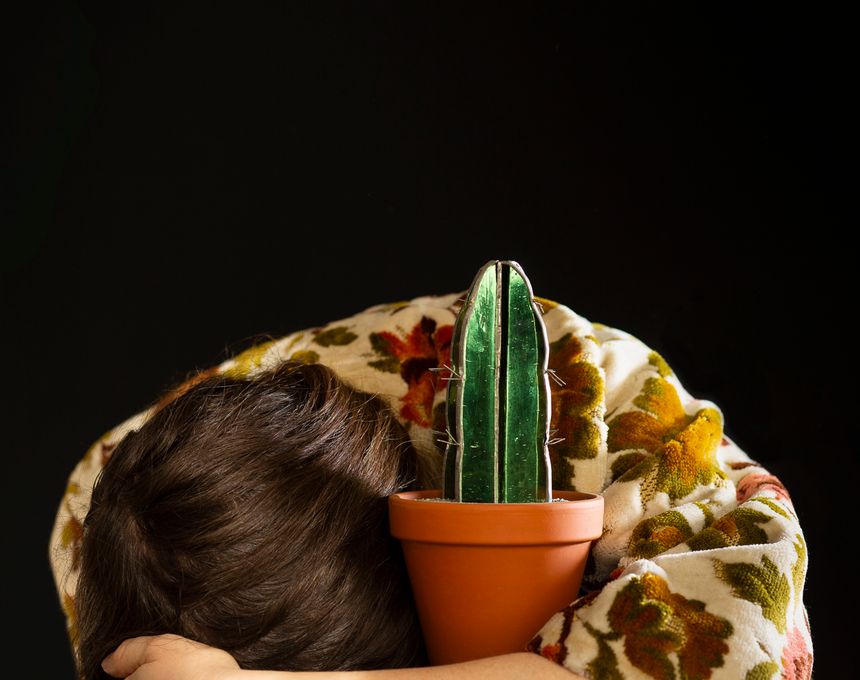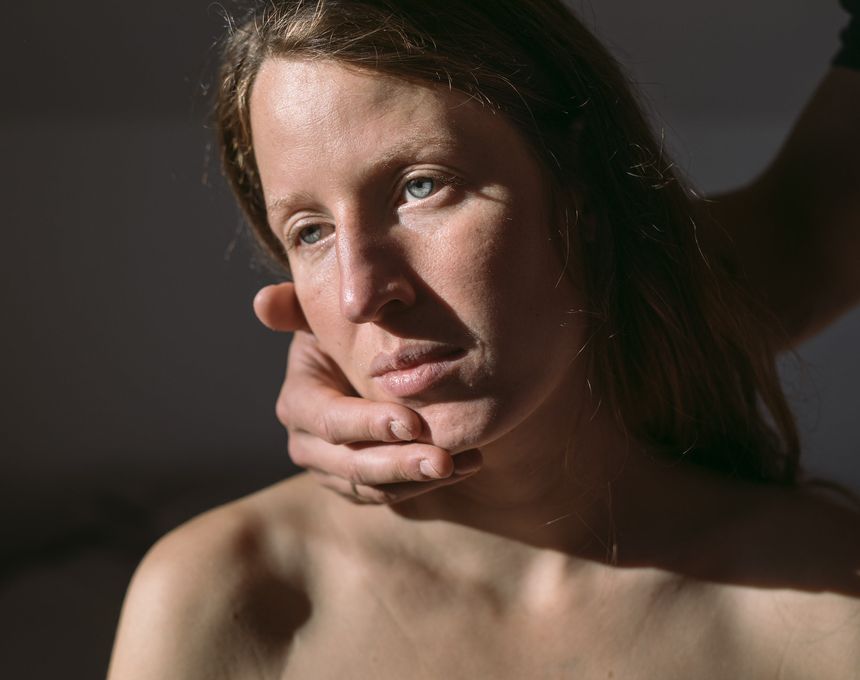Resting Bitch Face
-
Dates2017 - Ongoing
-
Author
Resting Bitch Face (RBF)*: “Are you okay?”
Since society expects women to smile, women who don’t smile seem to disrupt the social order. They operate outside the societal confines of people’s expectations. They create discomfort and confusion.
“Resting Bitch Face” is a photography series that not only celebrates women’s non-smiling faces, but also normalizes them. Above all, these photographs deconstruct the concept of RBF. So I ask: What is a RBF? Is it an expression or a lack thereof? How does a single expression exist for a phenomenon that seems to escape a clear definition?
The repetitiveness of the non-smiling faces proves there’s not a single “look” of a RBF. Every single woman who sat in front of my camera asked me what she should do with her face. Apart from the fact that none of them are models – all are friends who volunteered to help – they weren’t able to “find” the right face. I began asking them to remember what they were doing with their face when someone told them to smile (it’s never if, it’s when). They said: we were doing nothing really. As a result, I gave one simple direction: Just look into the lens, clear your mind, and relax your face. The isolation of the subject from a context, the close frame and the simple white background were all means to make the facial expression in the center of these portraits.
As a photographer, I am interested in social issues. As a human, I smile, all the time, and as a woman who smiles all the time, my smiles have often been misinterpreted as flirting or teasing, or as having feelings for the person in front of me.
Let that sink in for a moment.
But why is society so obsessed with whether a woman is smiling?
One possible answer can be found in Marianne LaFrance’s book, Why Smile? The Science Behind Facial Expressions*:
“Men like to see women smile. Studies have repeatedly demonstrated that they are considerably more attracted to a woman who smiles. Such smiles may signal openness to having sex or simple confirmation that the gender order is operating normally.” […] Social psychologists have demonstrated how easily informal expectations mutate into rules, from “It’s nice to see a woman smile,” to, “There is something wrong when a woman won’t smile.” (p.191)
[…]
Parents often describe their baby daughters as softer, finer-featured, smaller, cuter prettier; sons a mere few hours old are seen as little tough things, ready to take on the world.” (p. 170)
The result of such expectations, or maybe one of the results, is the following:
“The usual dynamic is that females smile in the company of others and especially so when the social task is
to demonstrate niceness. Girls and women are more likely than boys and men to smile when they receive
a disappointing gift – a performance they use their whole lives, along with writing all those thank-you notes. Depressingly, smiling in the face of disappointment is something girls learn to show as early as age five.”(p. 178)
Victoria Beckham, the former Spice Girls band member, a model and a designer among other things, is known for not smiling to the camera. Her name kept popping up while I was doing research for this project. A myriad of articles online speculate about her reasons for not smiling. If you search for her answer, you will find several articles with titles like: “Victoria Beckham finally reveals the reason why she never smiles.” Or: “Victoria Beckham reveals the REAL reason why she never smiles.” Many of those articles picked up an answer she gave to Vogue Magazine:
Beckham has been cultivating her poker-faced stance since she burst onto the scene with the Spice Girls over two decades ago. That said, the British designer is not afraid to poke fun at herself: When asked in her 73 Questions interview why she never smiles, she quipped, “I’m smiling on the inside.” (Vogue Magazine, March 2017)
She says she is smiling on the inside, we can all go back to breathing now. Everything is OK.
Interestingly enough, those who see the portraits I took for RBF still tried to read beyond the resting face,and for the same portraits, I would get contradicting feedback. Commenting on the same portrait, one friend would tell me this woman looks hostile, while another friend would say this woman looks kind (both male). I feel the real question is: What is the expectation here? And why is there an expectation that women need to follow or they’ll be cast out?
In 2015 and after Serena Williams won a match against her sister Venus Williams, the following Q&A took place:
“Reporter: Serena, you just won the match, and… normally, you smile when you win… you laugh. What happened tonight, is it because you beat Venus or because you’re thinking about [the next match]? What’s wrong?
Serena: It’s 11.30… to be perfectly honest with you, I don’t want to be here. I just want to be in bed right now, and I have to wake up early to practice. And I don’t want to answer any of these questions, and you guys keep asking me the same questions. So… you’re not making it super enjoyable. [laughs] Just being honest.”
Do you see the problem now?


